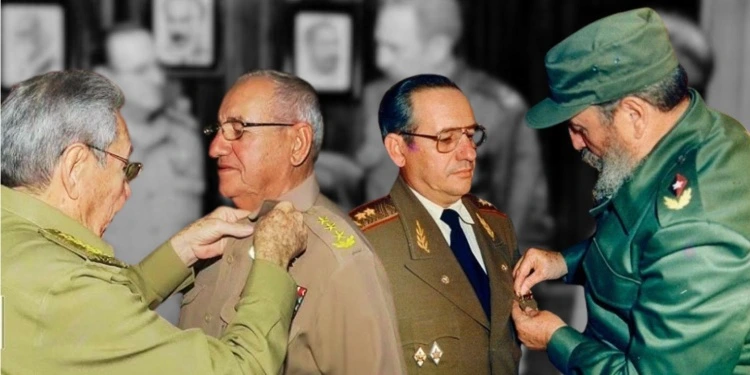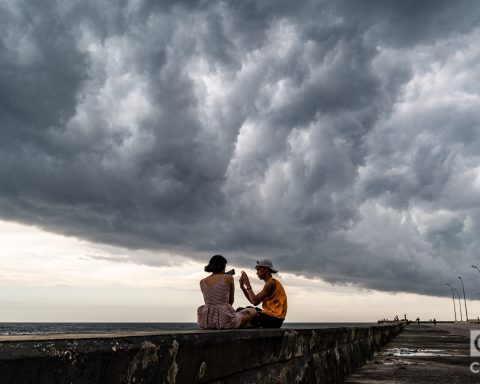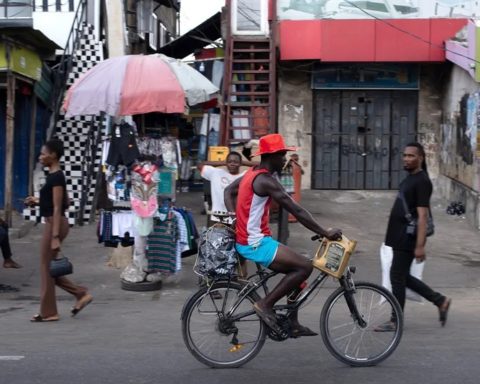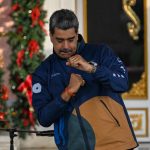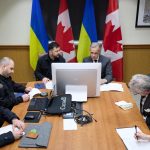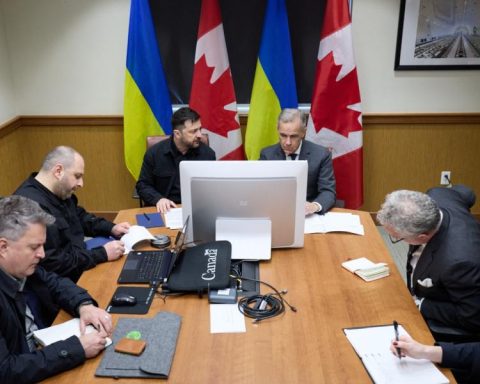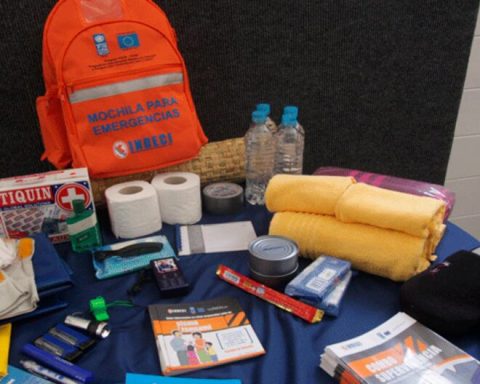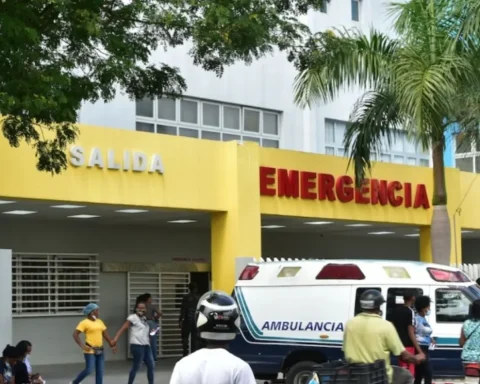PUERTO PADRE, Cuba.- “What did he die of, what was the cause of the Death of Army Corps General Ramón Espinosa Martín?”, they ask in Cuba and abroad.
He died “suddenly” on Tuesday afternoon, the newspaper report says. Granmathe official organ of the Central Committee of the Communist Party of Cuba (PCC), of which the deceased was a founder and, after his death, a member of the Political Bureau, the highest instance of governmental power in the prison-archipelago we call Cuba.
Then… if Army Corps General Ramón Espinosa Martín died “suddenly,” at the age of 85 and still in active service as First Vice Minister of the Armed Forces, he ended, contrary to what he had lived as a strategist: calculating each and every one of his acts, every minute of his days.
A life in the service of the regime
Graduated in the former Soviet Union (USSR) in the then very exalted academy According to Voroshilov’s senior officers, Espinosa Martín was seriously wounded by an anti-tank mine that blew up his armoured vehicle on the Cabinda front when it left the cleared lane, which clearly reflects his method of leadership.
But neither in the African wars nor in any other conflict, although he remained with his boots on the ground, Espinosa was a natural leader but rather one trained for operational leadership; he did not have the charisma, for example, of Generals Arnaldo Ochoa or Leopoldo Cintra, although in practice he did not stand behind them.
Ramon Espinosa was a boss tactical, strategic, Soviet style, that is, vertical, Voroshilov style, and then by necessity academic, absent those merits that make every soldier a leader and that distinguish a soldier in any democratic country in the world. So it is not strange that like a loving dog of his master, capable of attacking his own brothers in the litter, Espinosa Martín was more than a disciplined soldier, he was a jealous guardian of the brothers Fidel and Raúl Castro.
My story with the general
I met him at the time general of the Espinosa division at the end of the eighties, in Holguín, accompanying General Ginarte Espinosa, when for operational reasons, including those of military personnel involved in crimes, the head of the Ministry of the Interior in Las Tunas had to contact the head of the Eastern Army personally and not through other means.
And, like the first time, it was a sad poem, this one with the ink of the wall on his hands, the last time I had General Espinosa a meter away from me. It was in the nineties, euphemistically called “special period in times of peace”; but he, dazed by playing at war, did not see me, or did not want to see me because of the bad memory I must have brought to him.
It was on a highway in Puerto Padre, on the edge of the Army’s training grounds. I was already a civilian, and the soldiers, on the move, had stopped my vehicle to let the general’s jeep through, a brand new four-door Niva. And like a portrait of the Cuban classes, Espinosa arrived in a shiny new field uniform and greeted the recruit who, with his faded uniform and his worn-out boots, yes, with insoles, those infantry boots unscrewed, without soles – marked as if by fire, I have not forgotten that very Cuban, very socialist scene – in a position of “at attention” almost barefoot, the soldier greeted Major General Ramón Espinosa Martín, who, already, following orders from Fidel and Raúl Castro, had sentenced Major General Arnaldo Ochoa Sánchez, Colonel Antonio de la Guardia Font, Major Amado Padrón Trujillo and Captain Jorge Martínez Valdés to death.
The Ochoa case
Many have wondered, not only in Cuba but in various parts of the world, how it could be that, without being a jurist or having judicial experience, Ramón Espinosa Martín was appointed “president” of the Special Military Tribunal that “tried” and sentenced to death military personnel like himself, with the same perks as him.
The answer to this universal question seems to be only one: Because that is what Fidel and Raúl Castro decided, because of the absolute confidence that they had in fulfilling their promises. ordersthey were inspired by Ramón Espinosa.
And remember that two senior officers with the rank of deputy minister, one from the Revolutionary Armed Forces (FAR) and another from the Ministry of the Interior (MININT), Major Generals Julio Casas Regueiro and Fabián Escalante Font, who is a lawyer, had to subordinate themselves to Espinosa, legally illiterate, and at that time, head of a remote military region, that of the Eastern Army.
Of that military tribunal that operated with three judges in 1989 in Havana, like a Stalinist judicial orchestration in Moscow in the 1930s, two members have died: Army Corps General Julio Casas Regueiro, a staunch supporter of Raúl Castro who replaced him as Minister of the FAR, and now Espinosa Martín. Alive and retired for many years, only Major General Fabián Escalante Font remains, who was head of the General Directorate of Counterintelligence (State Security) and head of the Central Political Directorate of the MININT.
But, by logic, by rules, by compartmentalization, the instructions that Fidel and Raúl Castro personally had to give to the Special Military Tribunal, so that those who died by judicial sentence, vox populiwith international and institutional drug trafficking involved, it would be strange if they died by “suicide” or “accidents”, like so many others, Ramón Espinosa Martín had to receive them orally and alone, who, saying without saying, had to transmit them to the “judges”, and who on Tuesday afternoon, died “suddenly”. These instructions are secrets that Espinosa took to the grave.
But if General Fabián Escalante Font were to die “suddenly” and in these days, he will be 84 years old on November 24th with his saddlebags also full of secrets, then it is reasonable to think that someone on the eve of leaving for the afterlife, before dying, is erasing traces, because many silences still remain.
